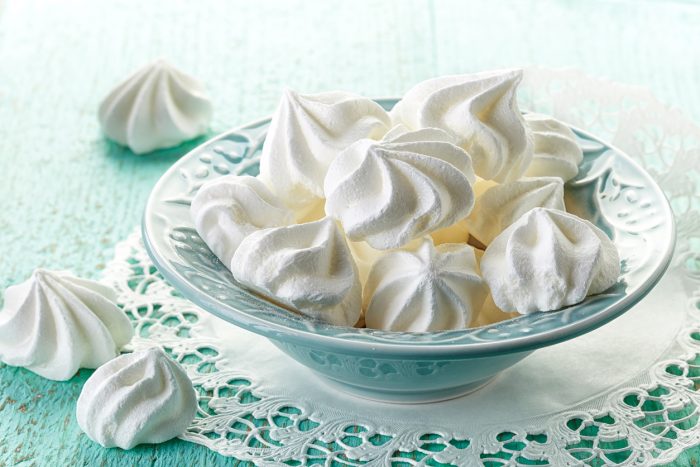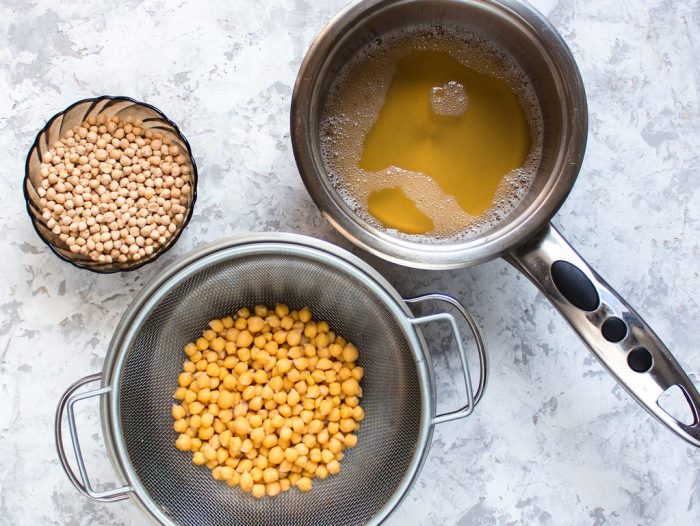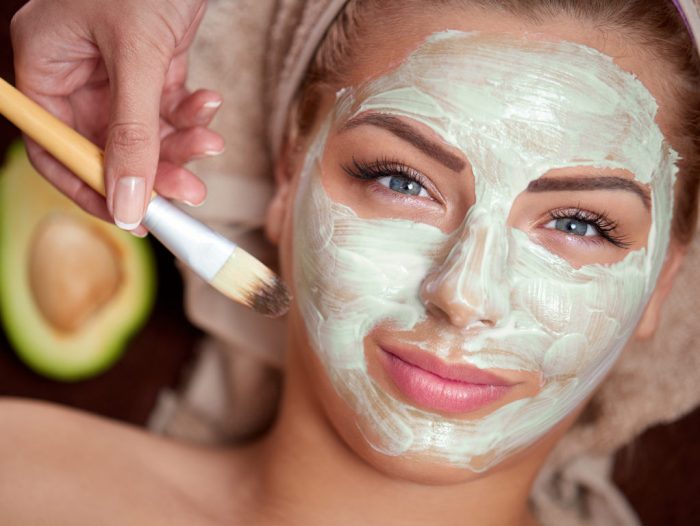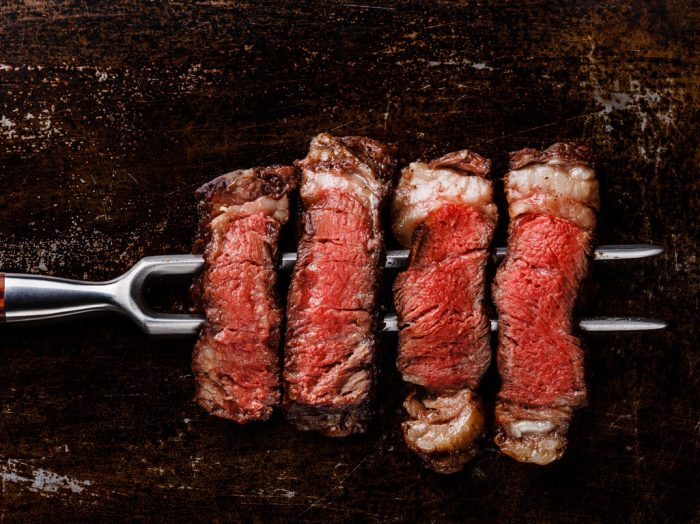Have you heard about aquafaba until now? If you’re a vegan, chances are that you have. If not, you should know that aquafaba is an egg white substitute, made from something totally different than egg whites. No wonder it’s so popular among vegans! But let’s find out more about it.
A new food trend is shaking up the vegan world and it’s called aquafaba. What is it, you might ask? Well, aquafaba is the viscous liquid left over from cooking chickpeas. Also, it’s that liquid found in any chickpea can, the liquid you usually discard in the sink after you’ve taken out the chickpeas you need for your delicious hummus. But what’s the deal with this simple and common chickpea-infused water? Actually, aquafaba can be used to replace egg whites in some recipes. The funny part is that after whipping it up, aquafaba tastes just like real meringue does.
Everything started almost three years ago, in 2016, when a French tenor who was looking for a vegan egg substitute discovered that he could whip the remaining liquid of a chickpea can into a foam. The starch and protein-rich liquid successfully replaced the egg whites in many desserts.
After the musician shared his experiment anonymously on a blog in France, Goose Wohlt, an American vegan food enthusiast, disclosed this discovery on a popular vegan Facebook group. Wholt was the one that coined the word aquafaba. Since then, the new egg white substitute became very popular among vegans.
How to Use Aquafaba
You can make aquafaba by boiling your own dried chickpeas, as you can see above. But the easiest way is to get it from a store-bought can of chickpeas.
Eggs hold a special place in cooking because of the way they emulsify, the way they give lift and structure, especially to baked goods. There are many egg substitutes, like ground flax seeds, which do a good job, but aquafaba comes even closer to the real properties of eggs – of emulsifying, foaming, binding, gelatinizing and thickening, vegans say.
They also say that aquafaba doesn’t make desserts taste like hummus. It seems like the chickpea flavor disappears when the liquid is mixed with other ingredients or baked.
The general recommendation for using aquafaba is to replace one medium egg white with 2 tablespoons of aquafaba in a recipe or to replace one medium whole egg with 3 tablespoons of chickpea liquid.

Here’s how you can use aquafaba:
- Whip it into a cream to make fluffy dessert toppings;
- Whip it and bake it into meringues, pavlovas, macarons, fudge, and marshmallows;
- Use it to replace eggs in nougat, icing, and ice cream;
- Use it as an emulsifier in homemade vegan mayonnaise;
- Make frothy cocktails, without using eggs;
- Use it in fluffy eggless pancakes and baked goods.
So, from now on, when you’re planning to make hummus, don’t throw away that viscous liquid. Try it in a dessert. If you’re not in the mood for vegan desserts when making your hummus, you can freeze the aquafaba using an ice cube tray.
Here, you can find out What Dairy-Free Milk to Choose if you’re planning to ditch cow’s milk out of your diet!






